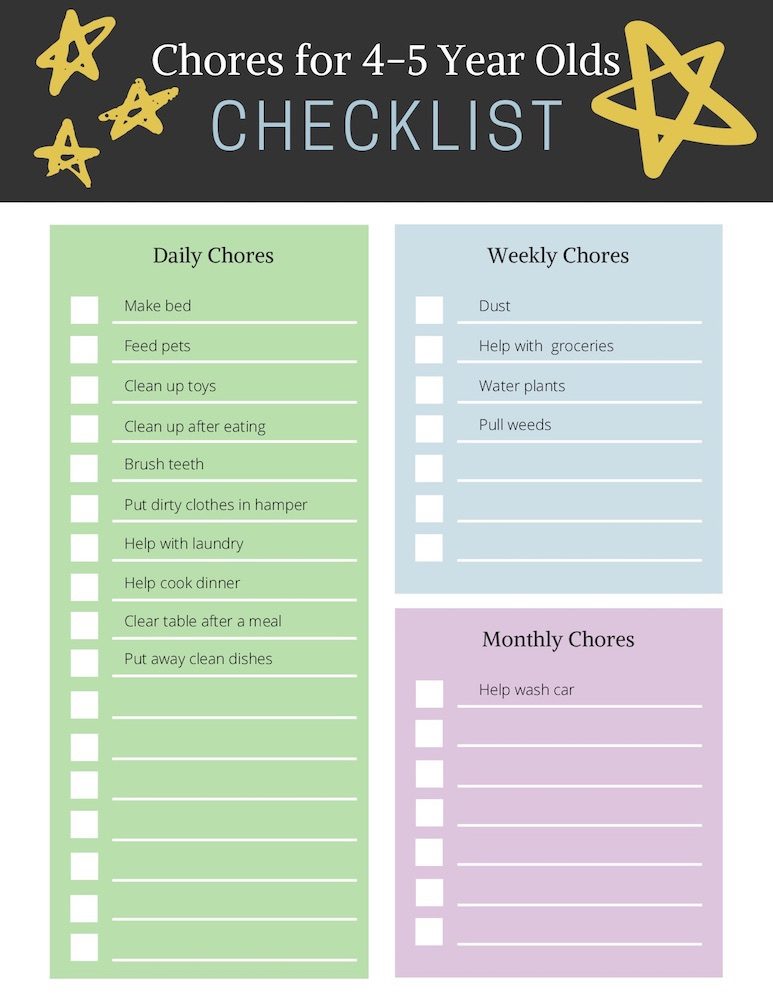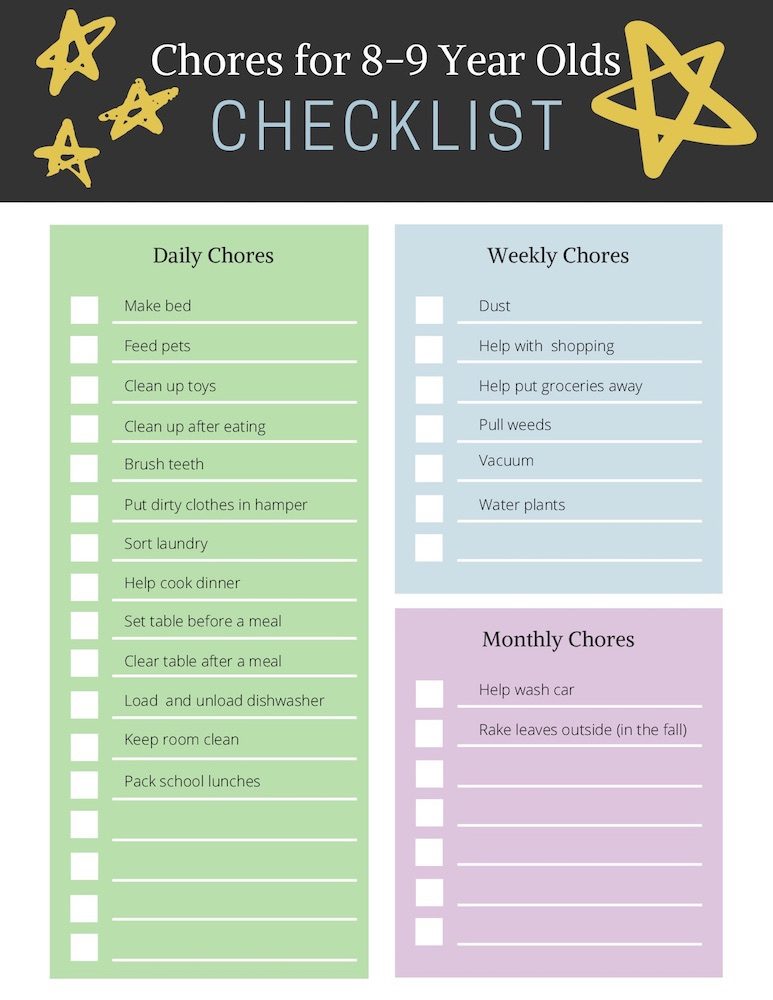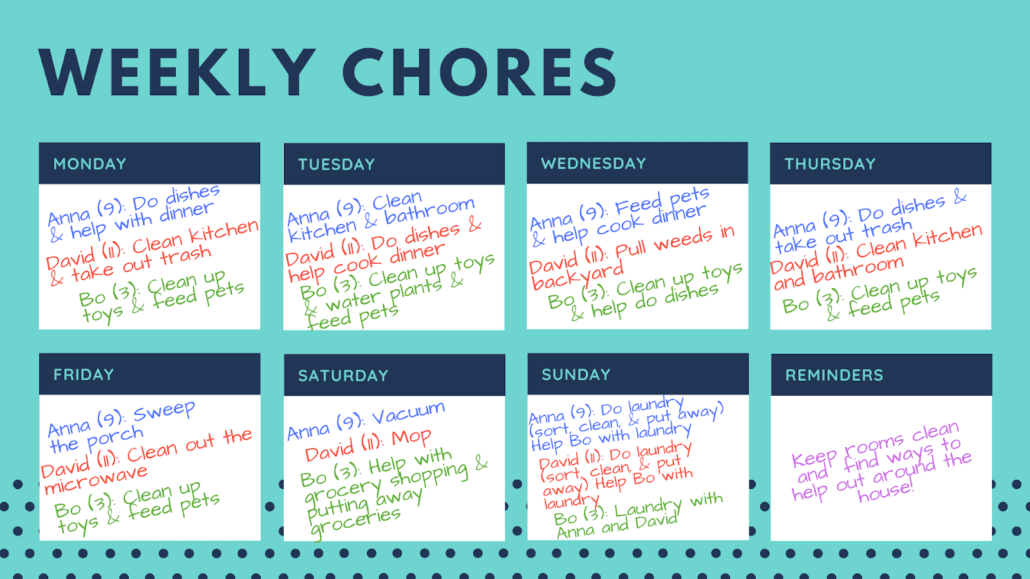Math in early childhood is about much more than numbers — it is about thinking. When preschoolers compare sizes, count objects, identify shapes, predict patterns, and solve simple problems, they are building the foundation for reasoning, decision-making, and everyday problem-solving.
These hands-on activities help children make meaningful connections by exploring math concepts through play. Instead of worksheets, children measure, build, sort, count, and experiment using familiar objects — making math fun, practical, and confidence-boosting.
Below are playful math activities that support school readiness using simple materials at home.
Solving Math Problems with Pictures
Picture-based problem solving helps children understand how numbers apply to real life. When children analyze photos, books, or visual math prompts, they learn to count items, compare quantities, and describe simple addition or subtraction using their own words.
Steps
- Choose a picture with objects or people that can be counted.
- Ask your child what they notice and what they can count.
- Create a simple math question from the picture.
- Support your child in describing the solution out loud.
Age-Appropriate Adaptations
- Two-year-olds — Read math-related picture books like Ten Black Dots or Fish Eyes. Count people in family photos using fingers; identify tallest/shortest.
- Three-year-olds — Create simple math problems using products in a catalog (e.g., “5 bananas + 2 pineapples = how many fruits?”).
- Four-/Five-year-olds — Use books like The Grapes of Math; create equations from pictures (e.g., “10 family members in this picture, 4 in that one — how many missing?”) and say the completed equation.
Skills Supported
Pictorial math interpretation, counting, addition/subtraction, numerical equations, understanding size
Compare Size & Weight
This activity introduces hands-on measurement by inviting children to compare the size and weight of everyday objects. Children learn math vocabulary and early science skills by exploring what is “bigger,” “smaller,” “heavier,” and “lighter.”
Steps
- Gather household objects of different sizes and weights.
- Predict which objects are heavy/light or big/small.
- Test predictions using hands or simple tools like spoons, cups, or scales.
- Talk about similarities and differences based on observations.
Age-Appropriate Adaptations
- Two-year-olds — Use measuring cups and spoons in sand or water to explore “full” vs. “empty,” and pour liquid between tall and short containers.
- Three-year-olds — Compare objects on a scale, measure outlines, and observe evaporation outdoors.
- Four-/Five-year-olds — Compare mass with popcorn seeds vs. popped popcorn and conduct scavenger hunts for weighing.
Skills Supported
Critical thinking, early science and math skills, sensory exploration
Counting Made Fun
Counting becomes meaningful when children apply it to the world around them. This activity builds early numeracy by pairing counting with movement, patterns, and everyday routines.
Steps
- Choose an activity that involves counting (steps, cars, toys, calendar days, game spaces).
- Count aloud together using fingers or objects.
- Continue repeating the sequence with turn-taking.
- Extend learning with skip counting, ordinal numbers, or board games when ready.
Age-Appropriate Adaptations
- Two-year-olds — Count steps on a walk; take turns saying the next number to introduce skip counting.
- Three-year-olds — Count cars by twos on a walk (2, 4, 6…).
- Four-/Five-year-olds — Use a calendar to count days with ordinal numbers, then play a board game and count spaces.
Skills Supported
Counting, skip counting, ordinal numbers
Let’s Do Dominoes: The Domino Effect
Dominoes build strong mathematical thinking as children count dots, make patterns, match numbers, and experiment with the physical science of falling dominoes. This activity supports both early math and problem-solving through play.
Steps
- Count dots on dominoes and name each number.
- Sort dominoes by color or number.
- Line dominoes up standing in a row.
- Tap the first domino and watch the full chain fall.
Age-Appropriate Adaptations
- Two-year-olds — Count dots 1–10; match colored dominoes; watch a short row fall.
- Three-year-olds — Count 1–15; line dominoes up and observe the domino effect; match numbers and colors.
- Four-/Five-year-olds — Count 1–20; use all dominoes to design a long pattern; coordinate colors and count time until the full chain falls.
Skills Supported
Fine motor skills, math manipulation, color recognition, cause & effect, cooperation and patience
Looking for more activities?
There is so much more to explore. Children learn best when they can move, create, investigate, experiment, and problem-solve across every developmental area — including literacy, art, science, cooking, social-emotional learning, and motor development.
→ Explore the full guide to preschool learning activities
Why Early Math Matters for Toddlers, Preschoolers, and Pre K Learners
Early math learning lays the foundation for school readiness, problem solving, and long term academic success. When toddlers, preschoolers, and pre K children explore math through play instead of worksheets, they build strong number sense, spatial awareness, and logical thinking, along with the confidence to solve problems independently.
• Early math is one of the strongest predictors of later academic success.
A major longitudinal analysis found that children with strong early math skills are more likely to excel academically in elementary school and beyond across multiple subjects (Science Direct).
• Even toddlers benefit from everyday mathematical thinking.
The NAEYC and National Council of Teachers of Mathematics confirm that children under age 3 gain measurable benefits from early math interactions, including comparing objects, identifying shapes, and exploring patterns (NAEYC).
• Math develops problem solving and reasoning, not just number memorization.
Activities that involve measuring, sorting, classifying, predicting patterns, and comparing amounts build early executive function skills and cognitive flexibility that transfer to all learning areas (Harvard)
• A positive relationship with math in preschool builds long term confidence.
Preschoolers who experience math through play develop a growth mindset around learning, which supports later success in STEM and reduces anxiety about math (MDRC).
• Early math can reduce achievement gaps before kindergarten.
Research shows that play based early math instruction supports children who might otherwise begin kindergarten behind, helping narrow school readiness gaps (Eric.Ed.Gov)
Making Math Part Of Everyday Family Life
Young children learn best when math is part of everyday play and routines. Counting steps on a walk, sorting toys by color or size, matching socks during laundry, measuring ingredients while cooking, or spotting patterns in books and games all help children understand how math works in real life.
When math feels fun and familiar, children approach learning with curiosity and confidence. They become comfortable making predictions, trying strategies, explaining their thinking, and solving problems independently. These habits support success in preschool, pre K, and kindergarten.
With simple everyday interactions, families can help children develop:
✔ number sense and early numeracy
✔ language for size, shapes, patterns, and quantities
✔ confidence and persistence during challenges
✔ a strong foundation for school readiness
Every playful moment that involves thinking, comparing, sorting, or counting supports a child’s growth as a confident problem solver.
Math Activities Daily with Cadence Education
When families choose Cadence Education, they choose a school that understands how early math skills shape confidence, curiosity, and school readiness. Our classrooms bring math to life through hands on play, problem solving, and real world exploration, helping children build a strong foundation for future learning.
We would love to meet your family and learn more about your child’s interests, strengths, and learning style.
→ Find a Cadence school near you and schedule a tour



 So if you are not paying your child to do chores, is there a way to make doing chores fun? Yes! Why not try a point system for chores?
So if you are not paying your child to do chores, is there a way to make doing chores fun? Yes! Why not try a point system for chores? Here are some suggestions you can use as consequences for not doing chores:
Here are some suggestions you can use as consequences for not doing chores:




